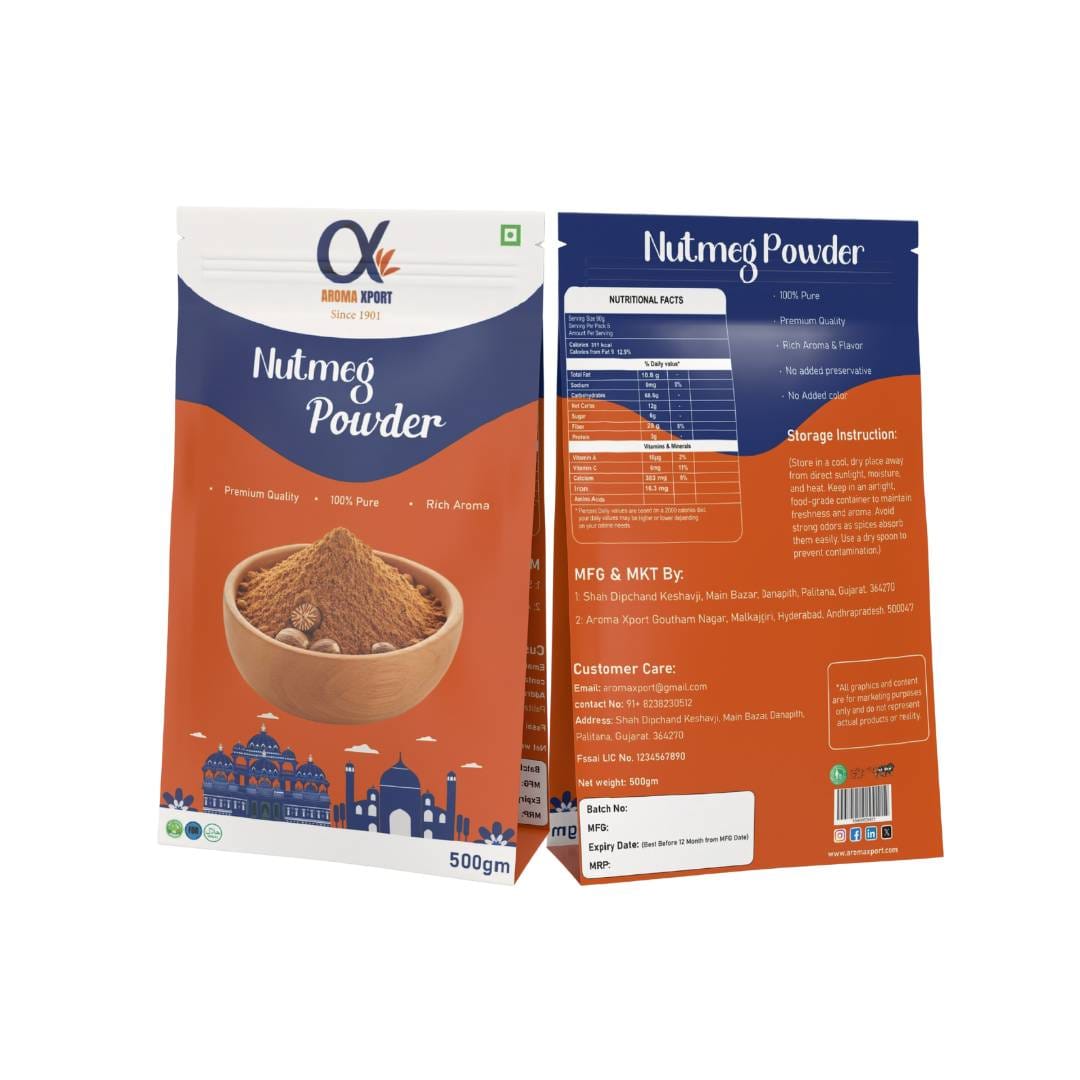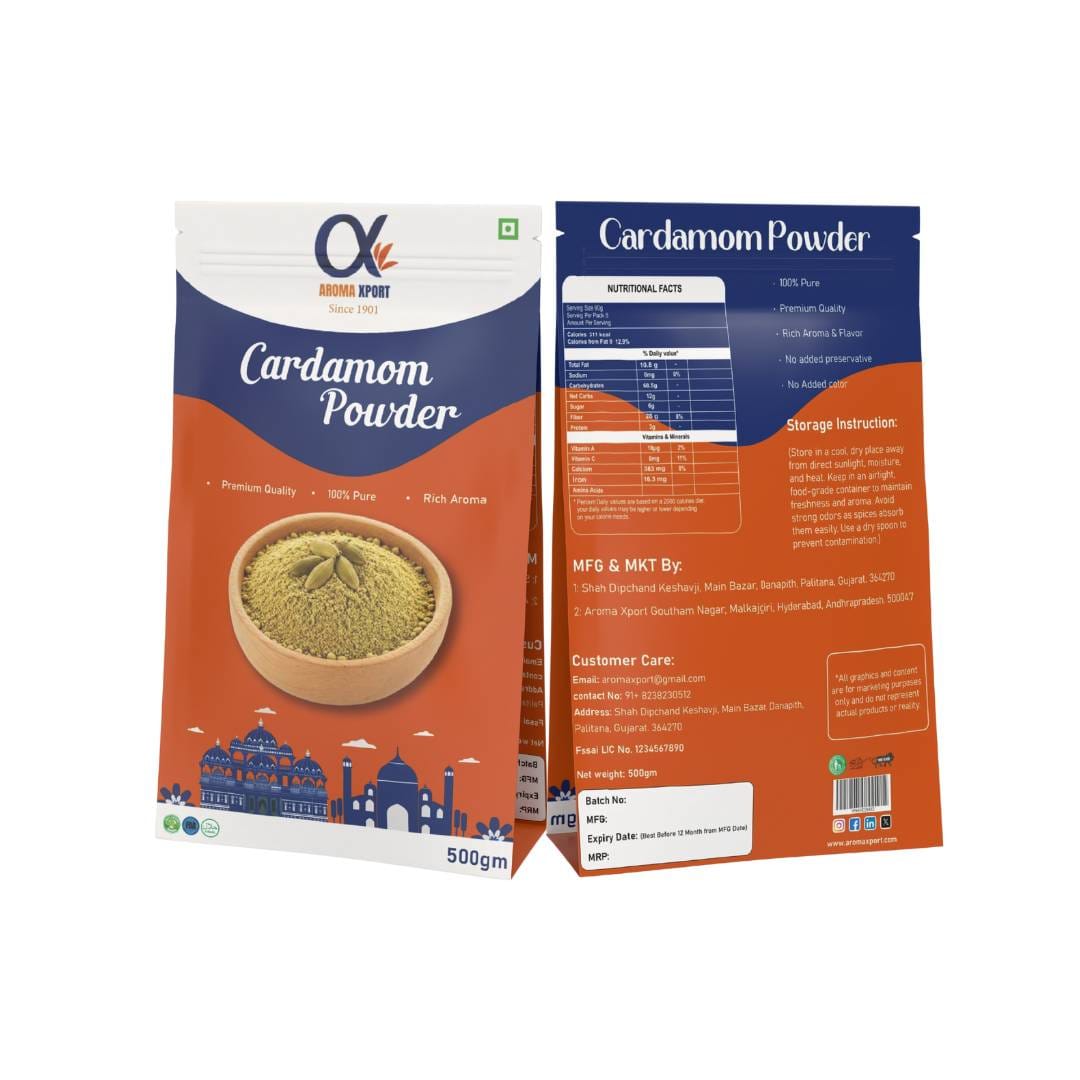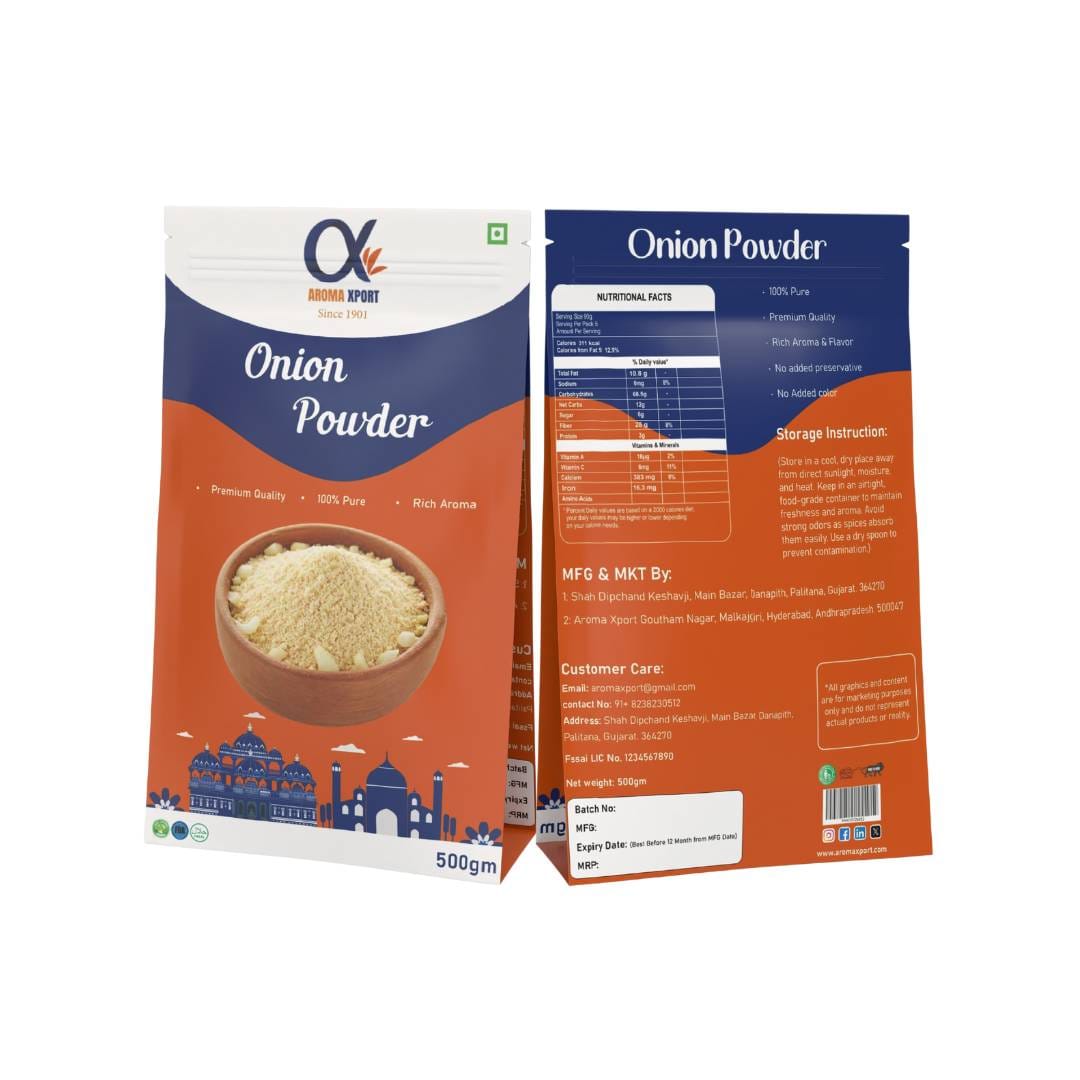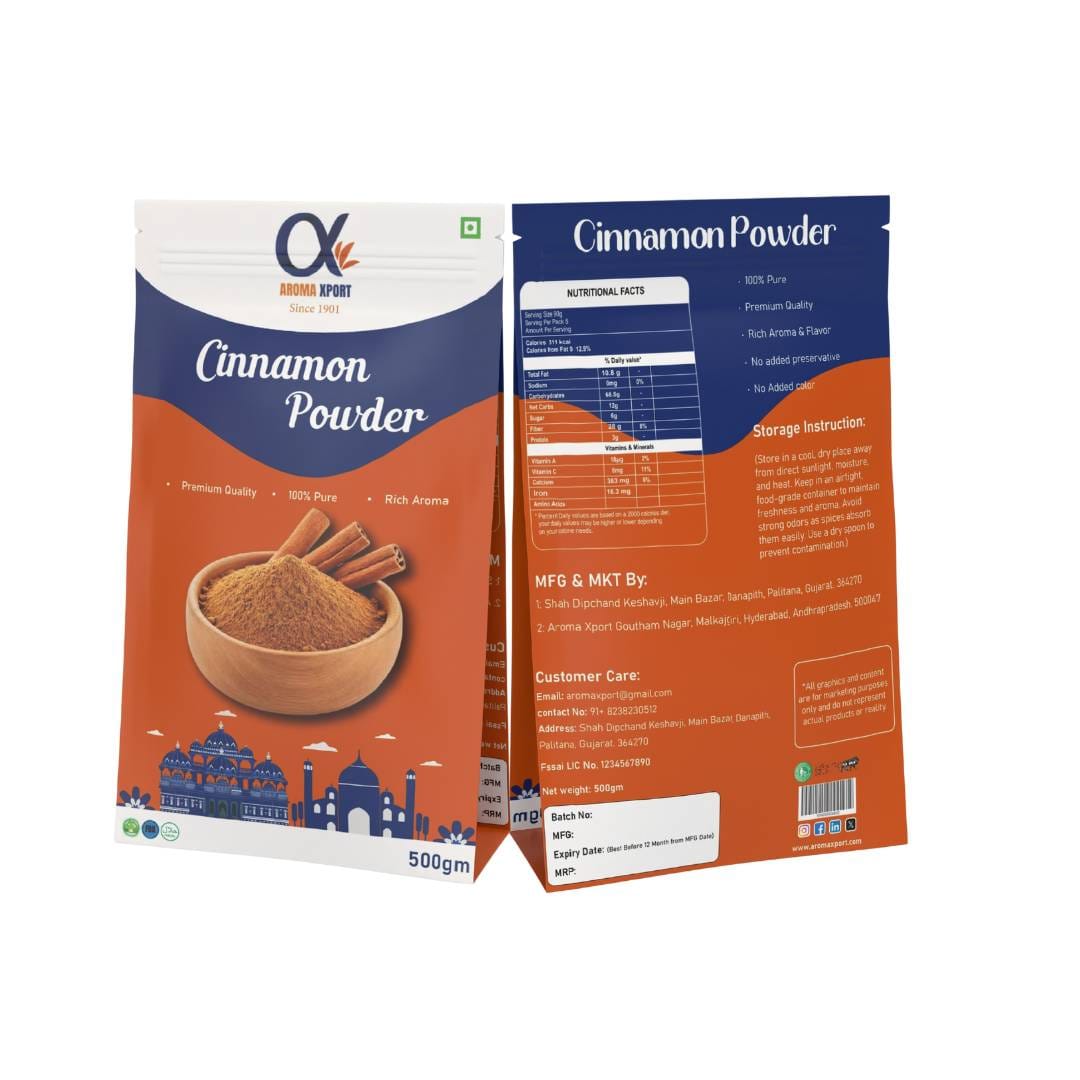Description
Use:
- Culinary: Red chili powder is a key ingredient in many dishes, including curries, stews, soups, and marinades. It is widely used in Indian, Mexican, Thai, and Chinese cuisines to enhance flavor and provide a spicy kick.
- Condiments: It is used in making hot sauces, chili paste, and spice blends like garam masala and curry powder.
- Medicinal: Capsaicin, the active compound in chili powder, is used in topical creams for pain relief and has potential anti-inflammatory properties.
Origin:
- Red chili peppers, the source of red chili powder, are native to the Americas, particularly Central and South America. They were introduced to the rest of the world by Portuguese and Spanish explorers during the Columbian Exchange in the 15th and 16th centuries. Today, they are grown in warm climates worldwide.
Health Benefits of Red Chili Powder:
- Rich in Vitamins: Red chili powder is high in vitamins A and C, which are essential for immune function and skin health.
- Metabolism Booster: Capsaicin may help boost metabolism and aid in weight management.
- Pain Relief: Topical capsaicin creams are used for pain relief from conditions like arthritis and neuropathy.
- Heart Health: Some studies suggest that regular consumption of chili peppers may help reduce cholesterol levels and improve cardiovascular health.
Indian Name of Red Chili Powder:
- Hindi: लाल मिर्च पाउडर (Laal Mirch Powder)
- Tamil: மிளகாய் தூள் (Milagai Thool)
- Telugu: ఎర్ర మిరప పొడి (Eṟra Mirapa Podi)
- Kannada: ಕೆಂಪು ಮೆಣಸು ಪುಡಿ (Kempu Menasu Pudi)
- Malayalam: ചുമന്ന മുളകുപൊടി (Chumanna Mulaku Podi)
- Bengali: লাল মরিচ গুঁড়ো (Lal Morich Guro)
- Gujarati: લાલ મરચું પાઉડર (Lal Marchu Powder)
- Marathi: लाल मिरची पूड (Lal Mirchi Pood)
- Odia: ଲାଲ ଲଙ୍କା ଗୁଣ୍ଡ (Lal Lanka Gunda)
Foreign Name of Red Chili Powder:
- French: poudre de piment rouge
- German: rotes Chilipulver
- Italian: polvere di peperoncino rosso
- Spanish: polvo de chile rojo
- Portuguese: pó de pimenta vermelha
- Dutch: rode chilipoeder
- Russian: красный перец порошок (krasnyy perets poroshok)
- Arabic: مسحوق الفلفل الأحمر (masḥūq al-filfil al-aḥmar)
- Turkish: kırmızı biber tozu







